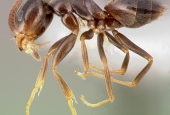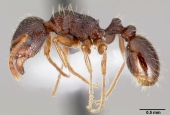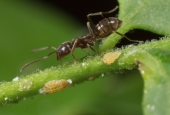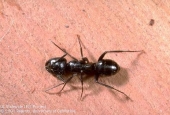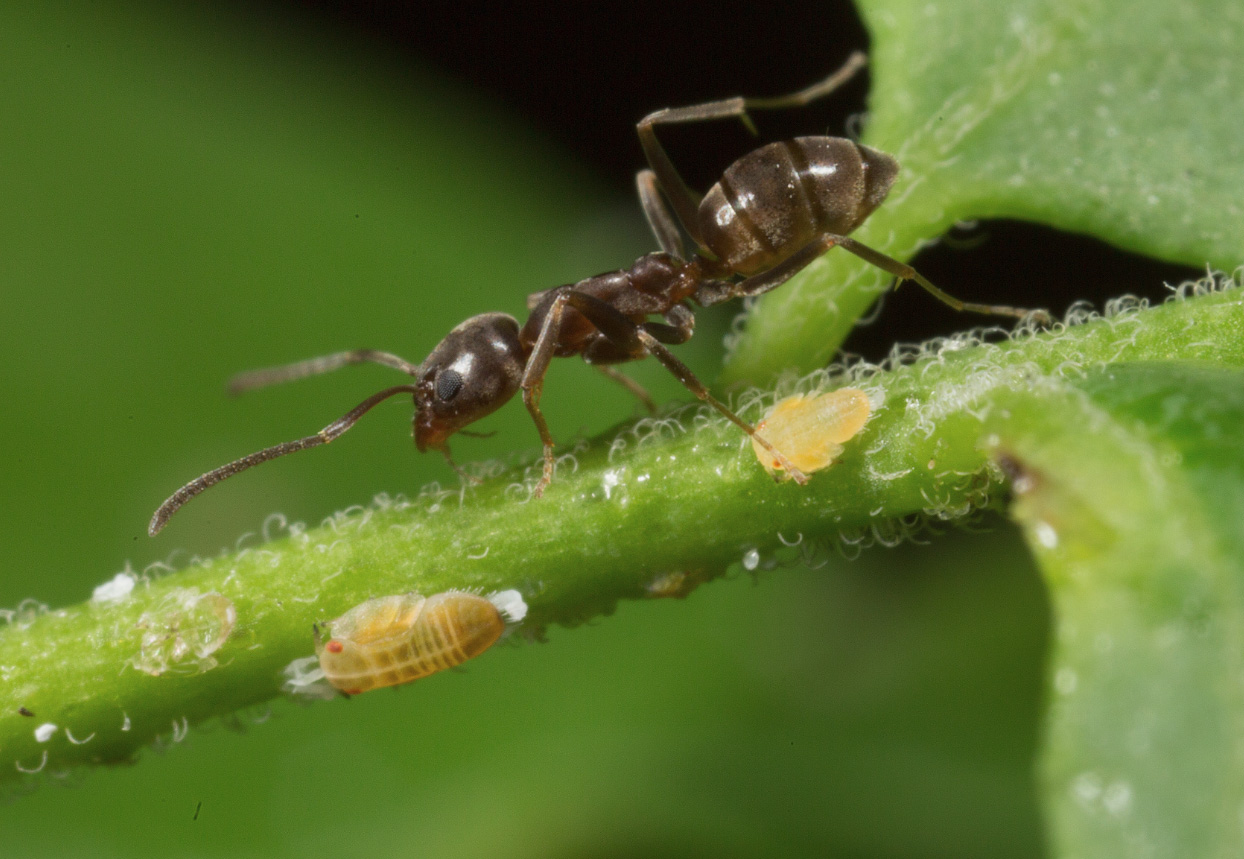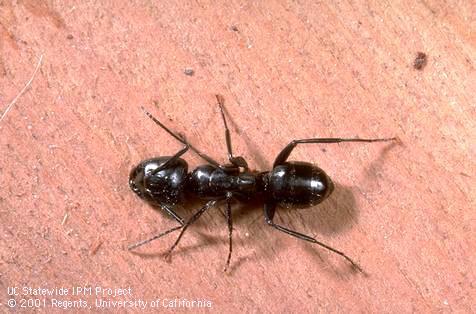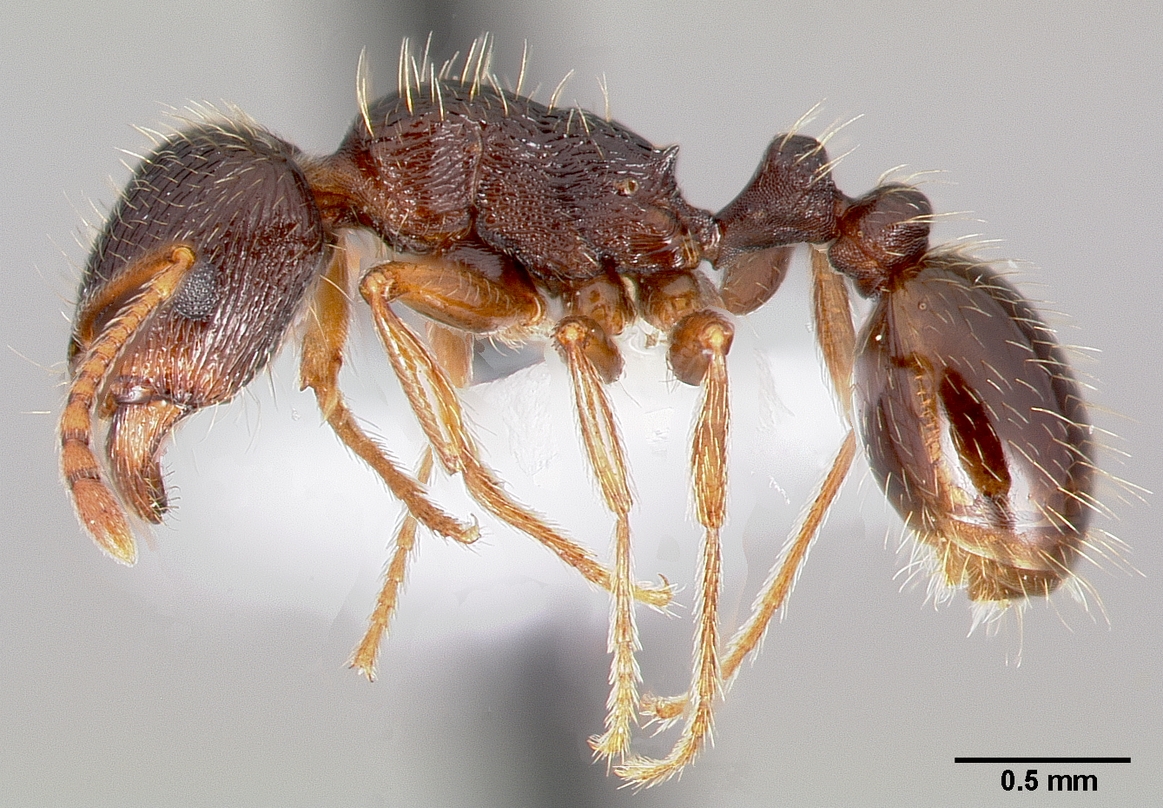Ants are highly social insects that are closely related to bees, wasps and yellowjackets. Even though they do not transmit disease or present an immediate threat to public health, they are the most common pest found in and around human dwellings. Ants are notoriously industrious, organized and persistent, and can become a major problem when found inside the home. As colonial creatures with great scouts and numerous workers, they are stubborn survivors and propagators that can cause massive infestations in short periods of time.
More than 18 species of ants have been identified in Alameda County, but only a few species are frequently encountered as pests. The ant we most often find in neighborhoods is the Argentine Ant, a prolific invasive species that has been steadily overwhelming native ants throughout the state of California. Other ants, such as the Carpenter Ant, Pavement Ant, False Honey Ant, Odorous House Ant, and Pharaoh Ant can occasionally become pest species that invade homes and businesses.
Ants have four life stages like many other insects. They grow from eggs to white legless larvae and pupae before emerging as adults. The adults have distinct roles in their colonies and fall into one of three castes: queens, drones and workers. Queens and drones carry out mating underground and are rarely seen. The most commonly seen ants are the thin-waisted, wingless, sterile females, known as workers. They are responsible for gathering food to feed the growing colony. The queens are at least two times larger than female workers and are in charge of the reproductive function of the colony. Drones are winged males that are slightly larger than workers. Their sole function in the colony is to mate with the queens. Swarms of males occur between dusk and dawn but they are rarely seen. Seeing queens is also rare, but they can sometimes be found on the ground accompanied by an escort of workers and offspring when moving to new colony sites.
All ants have a pair of elbowed antennae on the head and a constricted waist between the thorax and abdomen called the petiole. This helps distinguish them from similar looking insects like termites.
For more information of biology, life cycle and identification of common ants in California, please check the following University of California Statewide Integrated Pest Management Program at: http://ipm.ucanr.edu/PMG/PESTNOTES/pn7411.html.



